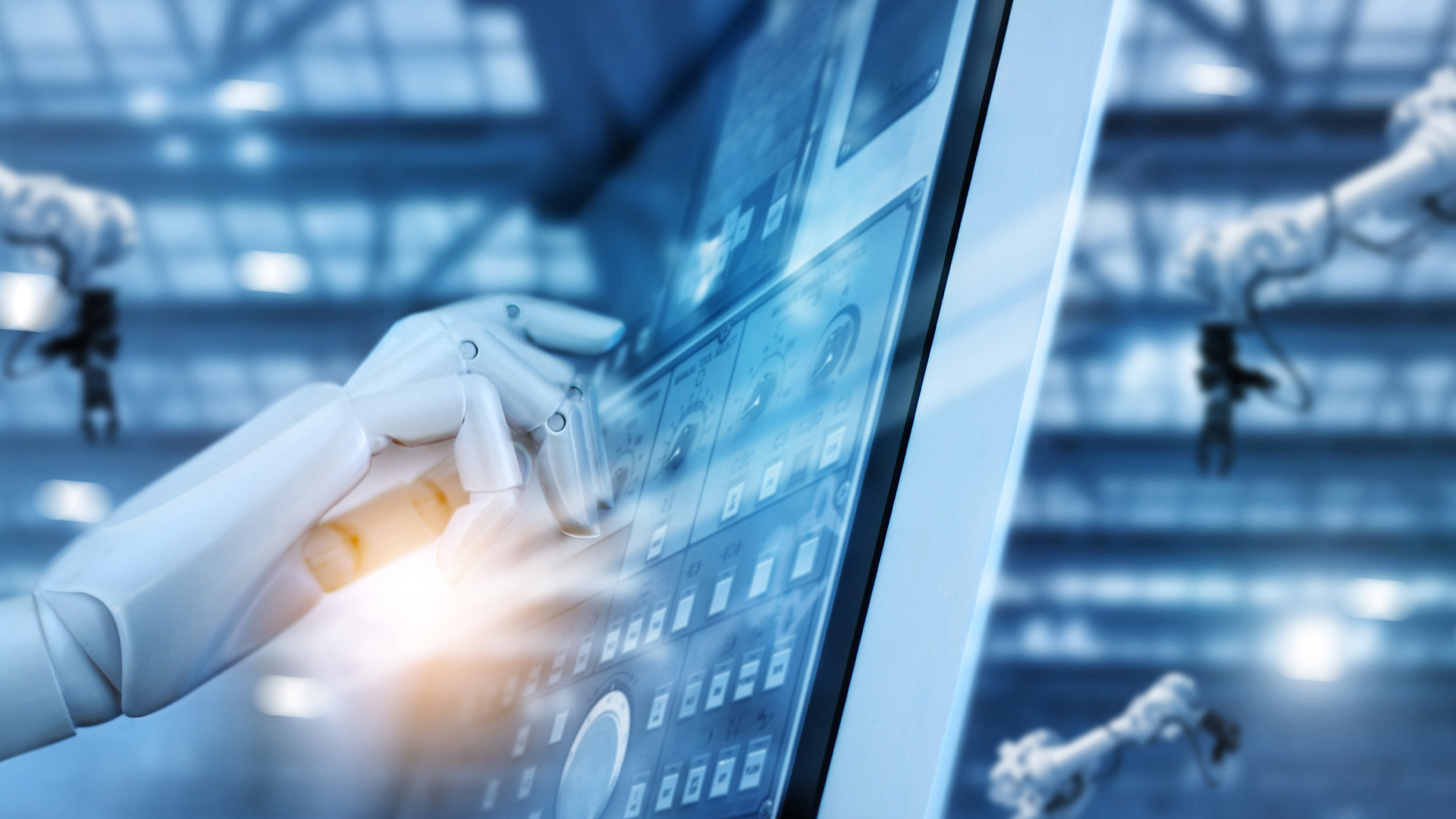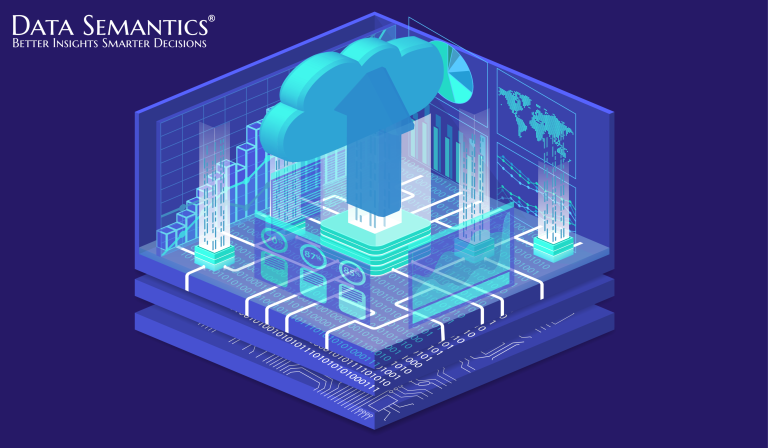“Hyperautomation has shifted from an option to a condition of survival,” says Fabrizio Biscotti, research vice-president at Gartner.
In October 2020, Gartner named hyperautomation as one of its top strategic technology trends for 2021. Its latest report on the subject, published at the end of April, forecasts that the global market that enables hyperautomation will be worth almost £430bn in 2022 – a 24% increase on the previous year’s figure.
But what is RPA and hyperautomation, why are they generating such interest now, how are they different from each other and – most crucially – how can businesses best harness their potential?
Table of Contents
What is Robotic Process Automation (RPA)?

Robotics Process Automation is a noninvasive integration technology used to automate routine, repetitive, and predictable tasks through orchestrated UI interactions that emulate human actions.
There are two distinct classes of RPA – Assisted and unassisted.
- Assisted: Bots are deployed on each desktop portal where the human worker does execute specific activities while the bot performs the more complex and repetitive aspects.
- Unassisted: A managed and centralized server deployed bots via scheduling for automating workflows.
Benefits of RPA
- By automating tasks, cost savings of nearly 30% can be achieved
- RPA frees up your high-value resources to be put back on the front line ensuring your customer success.
- RPA reduces the rate of errors thereby providing a lower level of operational risk.
- RPA can leverage your existing systems, the same way a human employee can
What is Hyperautomation?

Hyperautomation goes beyond automating standard tasks.
Gartner uses hyperautomation to describe the approach of automating even complex and long processes as extensively as possible.
While this process may start with RPA at its core, it extends to other tools and technologies, such as intelligent business process management software (iBPMS), artificial intelligence (AI), machine learning, natural language processing (NLP) and so on.
According to Gartner, there are three steps on the way to hyperautomation. Let’s dive right into them.
- Define business goals (for example in terms of costs, revenue, risk)
- Optimize processes (including industrialization and scaling)
- Select and combine appropriate tools and technologies (with AI, RPA and the likes)
Benefits of hyperautomation
- Fast (automated) identification of automatable processes
- Efficient automation using artificial intelligence components
- Enabling the entire organization to automate
- End-to-end automation of complex, long processes as completely as possible
- Management of the complete lifecycle of automation
Key differences between RPA and hyperautomation

RPA is restricted to automating predefined and repetitive tasks. Hyper-automation, on the other hand, takes RPA to the next level by facilitating intelligent and adaptive processes that recommend the next course of action instead of executing the same activities until stopped.
Hyperautomation breaks through inter-functional boundaries. Instead of RPA repeating the same monotonous activities, hyper-automation uses intelligence to decide the best strategy for performing those activities.
RPA is not enough
While RPA is useful, it is also important to realize that having one bot performing the same task repeatedly without room for variation is not enough. Most companies utilizing RPA still have processes that are heavily monitored by humans. It is just not sustainable, efficient or easy to scale for the long term.
With hyperautomation, organizations can automate large, complex workflows typically handled by humans while adapting and asking for help when required — allowing humans to spend more time on creative, strategic and engaging work.
Hyperautomation is now more critical than ever

Hyperautomation can interpret big data and apply logistics insights into the business for creative solutions to resolve problems.
Hyperautomation can potentially replace mundane tasks with innovative work. It enables collaborative intelligence and fosters the evolution of machines as teammates where employees can focus on more value-based tasks.
With hyperautomation and low-code, businesses have a host of tools for flexible operations, less dependency on IT and stakeholders can have better access to data and seamlessly collaborate across the entire organization.
How to make it work?
It is imperative for organizations to answer questions like – what do you want to achieve? Whether to reduce operational costs or enhance accuracy? What is your optimization strategy? Is it prioritizing the most important ones, removing the inefficiencies while constantly looking to boost and find new optimizing opportunities?
For hyperautomation game, companies must keep a few crucial factors in mind.
Selecting the right tool
Organizations should ensure their toolkits include a platform that provides teams with an end-to-end view of business processes being automated for promoting better visibility and collaboration.
Low-code automation platforms with business process-modeling capabilities enable accurate mapping and designing of complex processes that are part of a larger objective.
Structured operating-governance model
Organizations need a comprehensive governance framework to execute a step-by-step implementation of hyperautomation, manage organizational and regulatory change, update processes, manage service-demand fluctuations, and communicate with stakeholders.
Tips for successful implementation of hyperautomation

- Identify the right use case: When introducing low code to your organization, it is important to achieve quick wins. Think of a project that is impactful and measurable yet would not boil the ocean.
- Identify internal champions both from IT and business: Seek a blend of individuals to evaluate the ideas and processes, adoption of low-code platforms, and orchestrating a better automation lifecycle.
- Agile adoption: Building a rapid MVP approach helps in testing what works and what does not.
- Rightchange management: Before implementing automation, it is essential to consider the organizational changes, how a task gets done. It is important to bring the right employees on board to understand the changes to processes for achieving the targets.
If your company already utilizes RPA, then hyper-automation is the next step in the automation journey. It is crucial to assess whether a hyper-automation platform can support all the components you desire for driving end-to-end automation. Hyper-automation takes RPA out of the back office and into a front-facing environment. Invariably, the COVID-19 pandemic has accelerated the demand for a digital society.
More Resources –


















